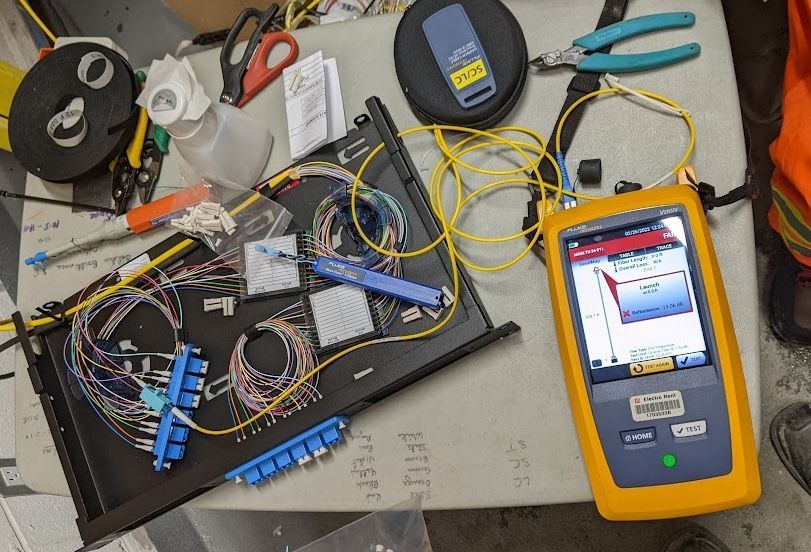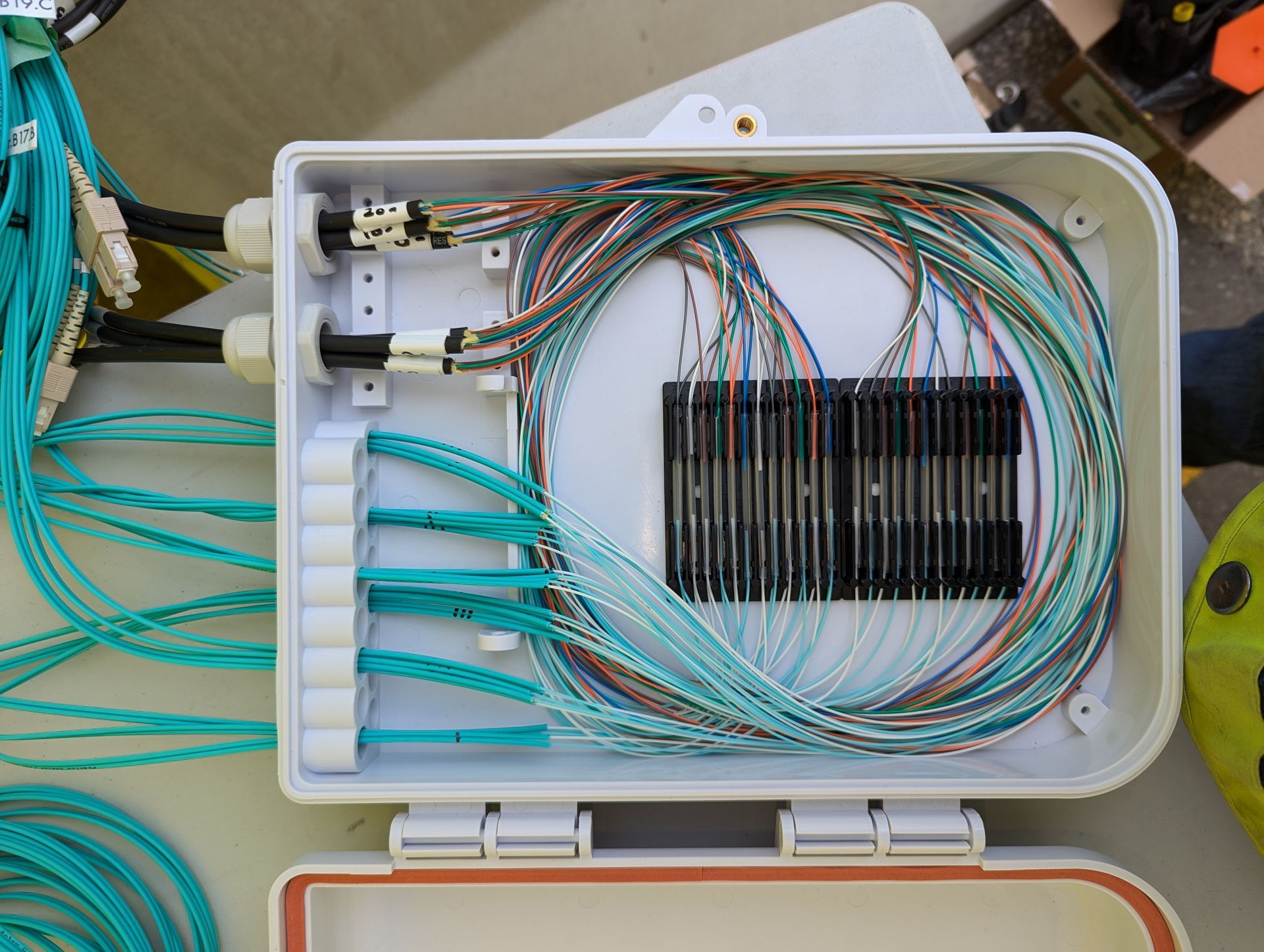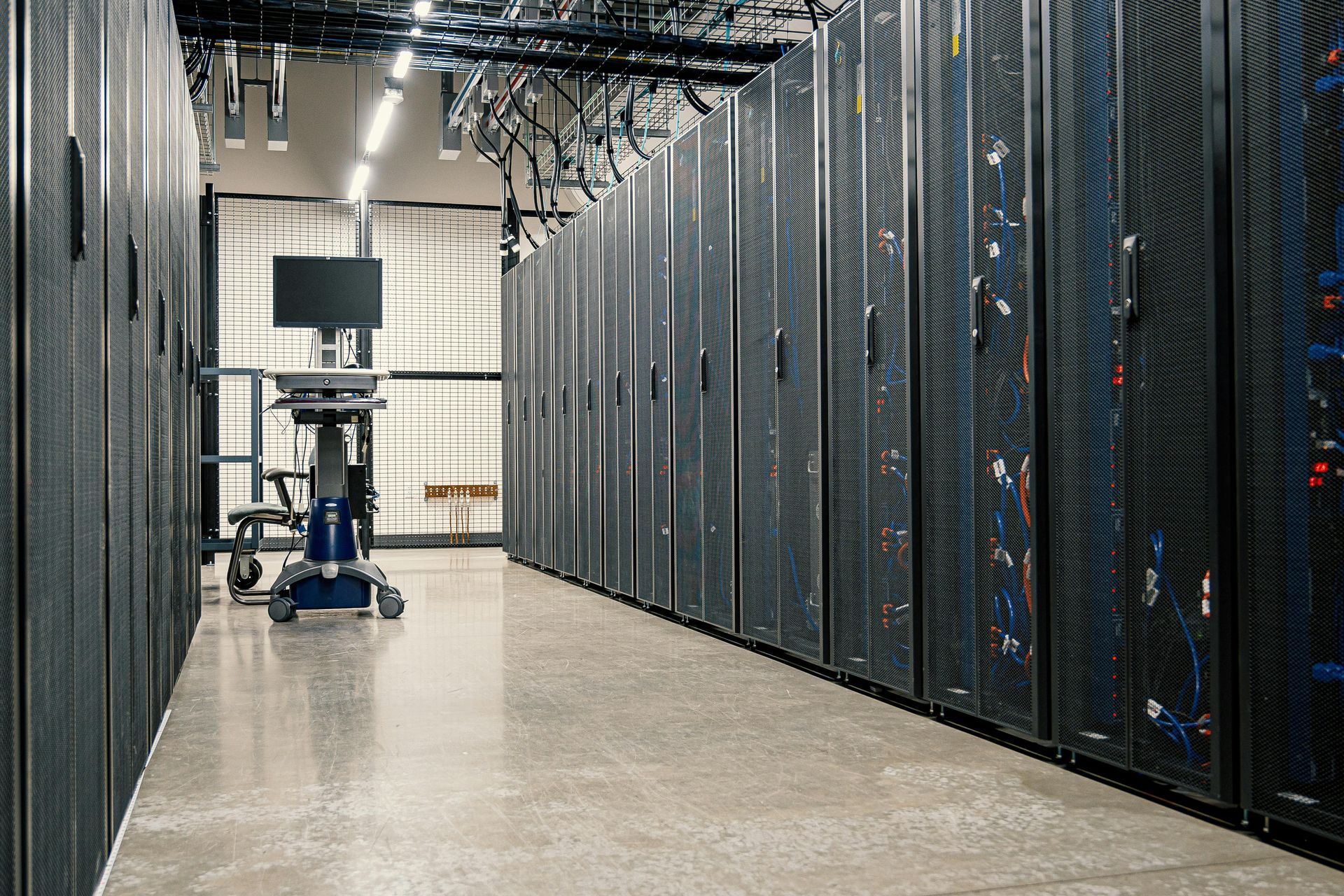What is OTDR Testing and Why It Matters in Fiber Networks

Understand how OTDR testing works, why it matters in fiber networks, and best practices for accurate diagnostics, certification, and fault detection.
An Optical Time Domain Reflectometer (OTDR) is an essential tool for testing and maintaining fiber-optic links. Much like radar uses reflected radio waves to detect objects, an OTDR sends laser pulses into the fiber and measures light that bounces back - revealing issues like splices, faults, bends, and overall link quality.
How an OTDR Works
- Emits high powered light pulses through the fiber.
- Light encounters connectors, splices, or defects, causing reflections (Fresnel reflections) and backscatter.
- The OTDR measures the return time and signal strength, then builds a trace graph of signal loss vs distance.
- The speed of light in glass (~2/3 the speed of light in a vacuum,
c) allows us to accurately calculate the distance to an event through a glass medium.
Where OTDR Excels Compared to Power Meter (OLTS) Testing
| Test Type | What It Measures | Best Use Cases |
|---|---|---|
| Power Meter & Source | Total end-to-end insertion loss | Total link quality |
| OTDR | Event locations, splice/connector loss, distance to faults | Tracing, fault find & certification |
Unlike insertion loss testers, OTDRs can
pinpoint individual components or defects along a fiber run.
Common Event Types Found on OTDR Trace
- Splices and connectors: Appear as loss events.
- Reflective events: Sharp peaks due to Fresnel reflections.
- Bends and macrobends: Appear due to localized attenuation or loss.
- Fiber breaks: Sudden, total drops in signal
Need emergency repair? FibreGuy delivers fast and reliable
emergency fiber optic repair services in and around the Greater Toronto Area.

OTDR Best Practices
- Use a launch cable (tail) at the OTDR port for accurate connector testing.
- Use bidirectional testing by measuring from both ends to improve accuracy.
- Maintain baseline traces at installation and compare periodically to catch degradation or damage.
- Follow manufacturer recommended factory calibrations of OTDR equipment at set intervals.
- Religiously following cleaning and safety protocols to prevent contamination-related loss.
Need OTDR testing for your next project?
Contact us for field testing services.
OTDR Form Factors & Features
- Benchtop/full-feature OTDR: High dynamic range, multiple wavelengths, lab or secure installations.
- Handheld field OTDRs: Portable, battery-powered, ideal for on-site troubleshooting.
- Fiber-break locators: Entry-level OTDR-like devices focused on finding catastrophic fiber breaks.
Why It's Critical for Engineers, Technicians and Clients
- Certifies installed fiber: Ensures splice loss, connector integrity, and overall link performance.
- Speeds up fault resolution: Quickly locates breaks or bends in networks.
- Adds authority: Providing credible technical detail for stakeholders and decision makers.
Want a partner who understands fiber from install to inspection? See how
Fibreguy supports businesses and events across Great Toronto Area.
Typical Performance Metrics
- Fusion splice loss: < 0.03 dB, often < 0.02 dB
- Mechanical splice loss: ~0.2–0.75 dB
- Fiber attenuation: As per manufacturer spec
- Multimode: ~3 dB/km at 850 nm and ~1 dB/km at 1300 nm
- Singlemode: ~0.35 dB/km at 1310 nm, ~0.25 dB/km at 1550 nm
Accurate performance starts with the right measurements.
Consult and get OTDR testing and certification with FibreGuy.
Summary
OTDR testing is indispensable for professional fiber installers and network operators. It helps:
- Validate installations: meet industry standards with measurable proof.
- Troubleshoot efficiently: locate exact fault points along long cable runs.
- Track performance over time: detect gradual degradation, mechanical stress, or damage early.



